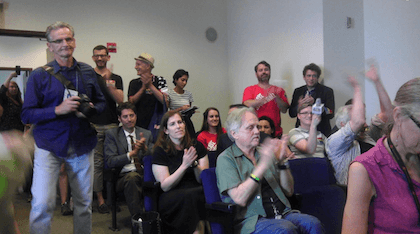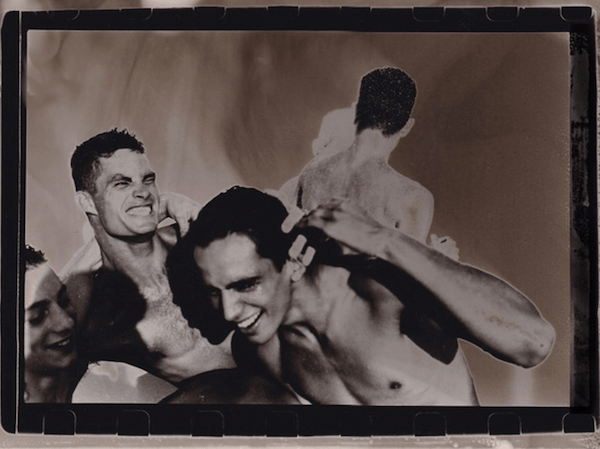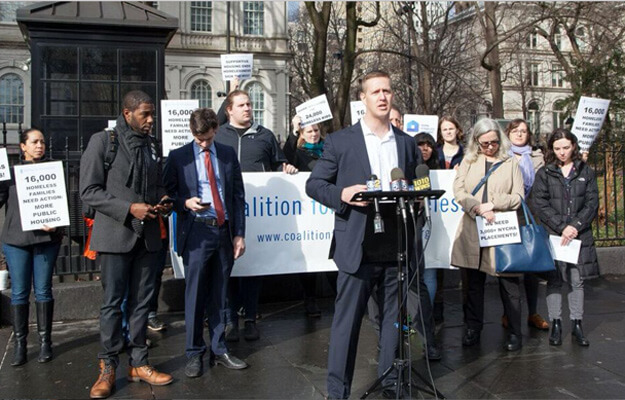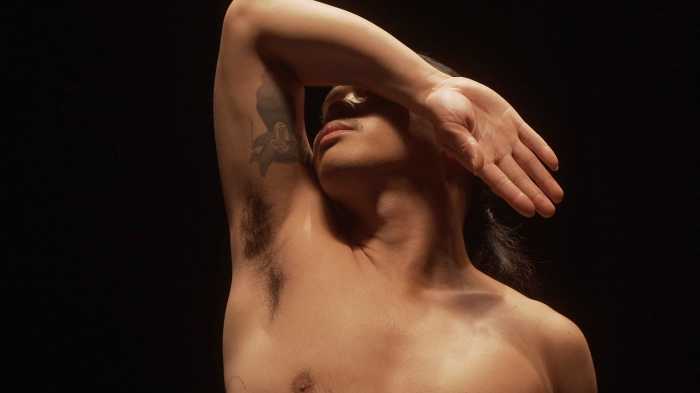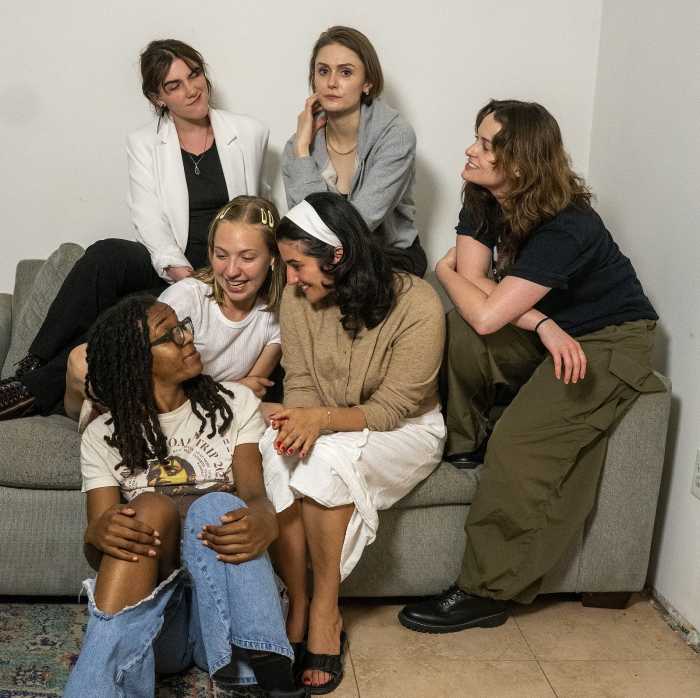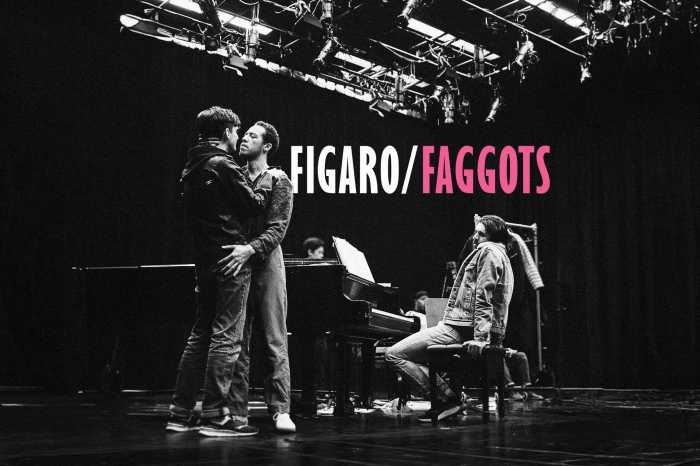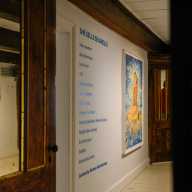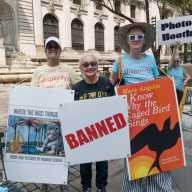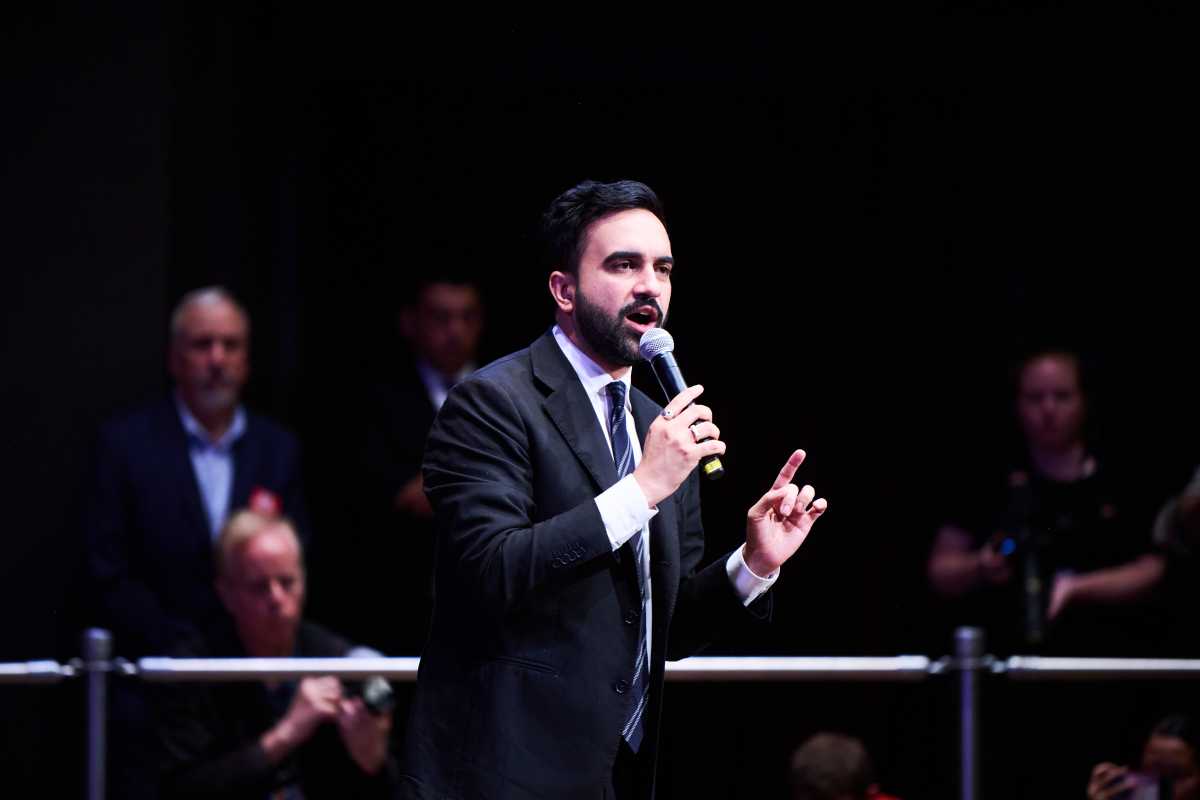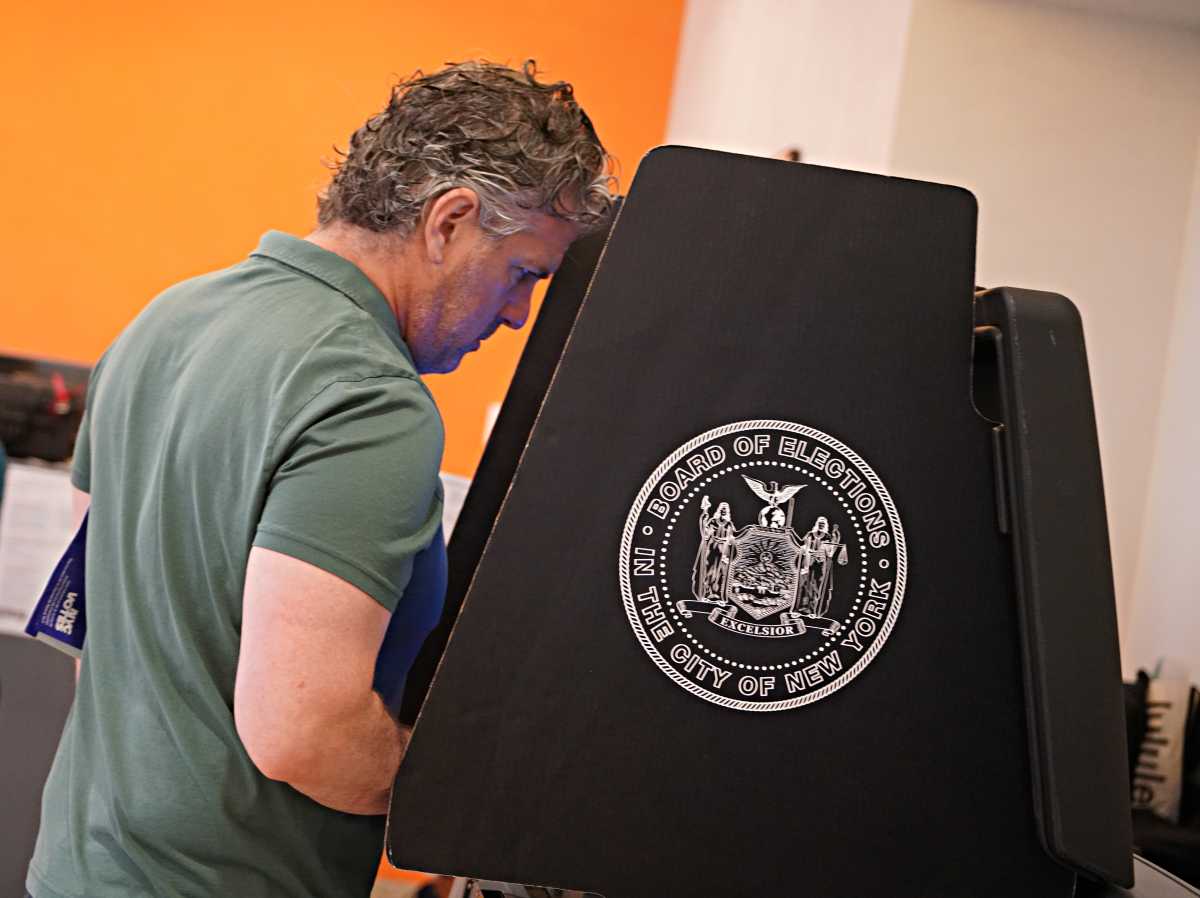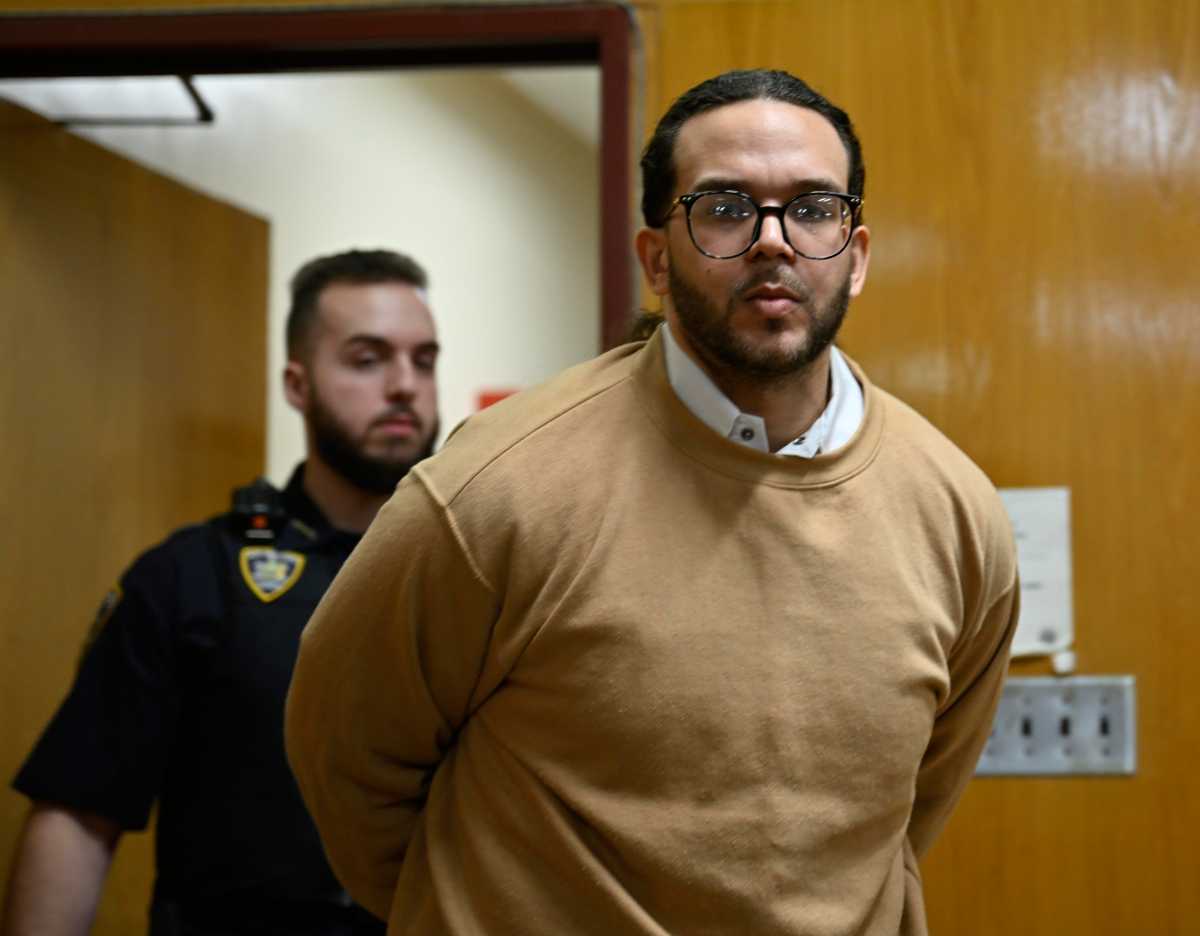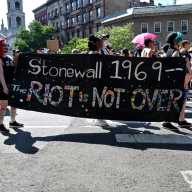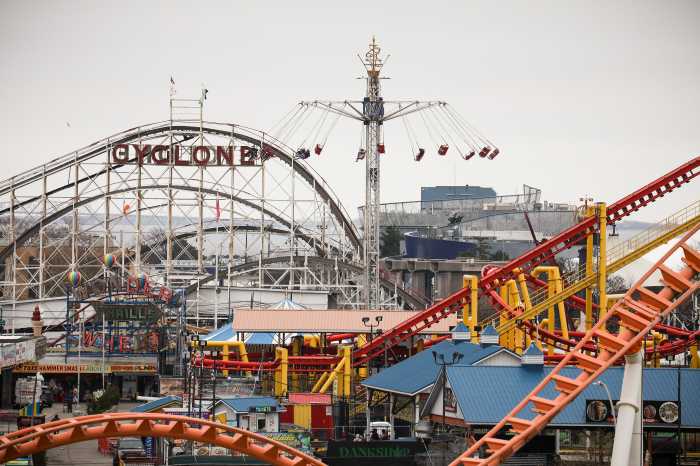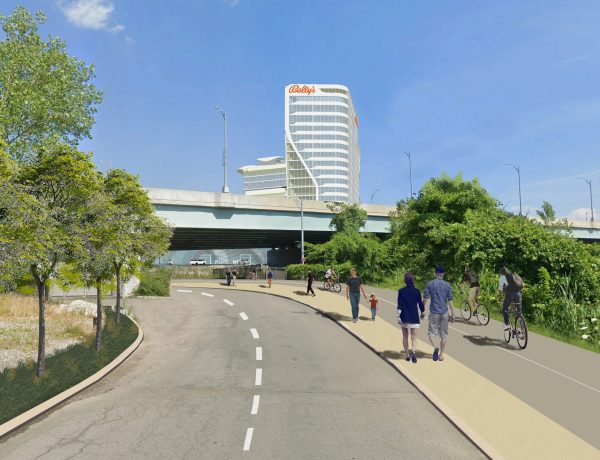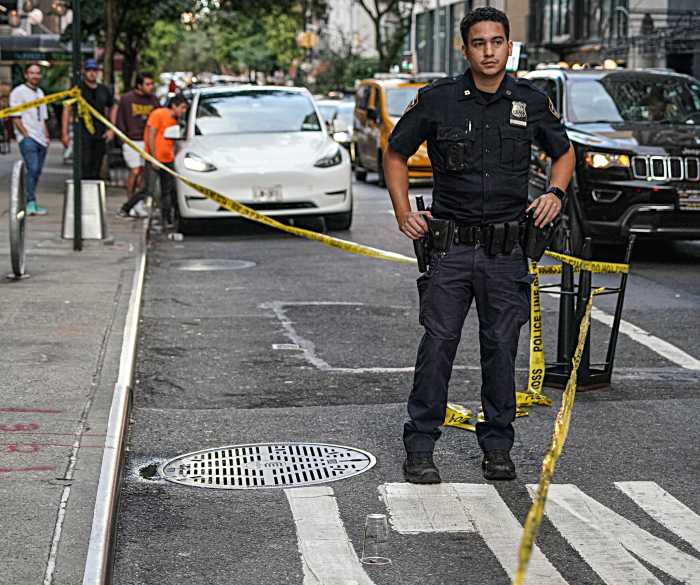The Stonewall Inn and the adjoining storefront to its right now enjoy landmark status protecting the integrity of their façades. | GAY CITY NEWS
The Landmarks Preservation Commission heard testimony June 23 on whether to designate the adjoining sites of the original Stonewall Inn, which launched the Rebellion sparking the modern LGBT rights movement, as an official city landmark. It then took the unprecedented step of immediately moving to a vote. The Commission’s affirmative tally represented the first time a site had been landmarked specifically for its role in LGBT history, and came just in time for the 46th anniversary of the Rebellion that will be commemorated by the Pride March on Sunday, June 28, the actual anniversary.
The preservationists, political leaders, and activists –– including some Rebellion participants –– who testified were unanimous in supporting the designation, and the Commission was unanimous in approving it. Even the Real Estate Board of New York, an industry trade association, spoke for it (“We don’t come here often,” the group's spokesperson said to some laughter) as did Stonewall participant Jim Fouratt, despite his contempt for the bar itself.
“It was an awful place,” he said –– though others, including Tommy Lanigan-Schmidt, who was not at the hearing, remember it as a dive, but at least one where men could touch while dancing. That, Lanigan-Schmidt said, was “revolutionary.”
Commissioner Michael Devonshire said, “It’s not a pretty building. To quote from ‘The Boys in the Band,’ ‘Who is she? Who was she? What does she hope to be?’” But historically, he said, it is a “fantastic spot” recalling “a period of struggle for dignity for the LGBT community.”
Veteran gay activist Rick Landman, a former chair of the Landmarks Committee at Manhattan’s Community Board 1, noted that the Commission “landmarked the building where the Triangle Shirtwaist Factory fire occurred for its historical nature and not the architectural significance of the building. We commemorate the birth of the Garment Union and Labor and Safety laws at that location each year. So the LPC has already granted an individual designation for a building's historical significance.”
Anita Isola, a lifelong Village resident who said her parents had their wedding reception at the old Stonewall Inn, wanted it landmarked because it was there that “a global movement started right in our neighborhood.”
Many who spoke at the hearing cited the immediate militant LGBT organizing that followed the Rebellion’s several nights as well as the commemorative marches that began in cities from New York to Los Angeles and San Francisco the following year –– and now number in the thousands around the world, including in places where such marches are proscribed by law, such as Russia.
Historian David Carter, whose 2004 “Stonewall: The Riots that Sparked the Gay Revolution” is widely considered the definitive account of the Rebellion, said that the organizing that grew out of Stonewall “transformed the very small pre-existing homophile movement into a mass movement.”
It is the history that took place in June 1969 that won the designation. During the raid, “the community stood up to police oppression and discrimination,” said lesbian Councilmember Rosie Mendez, who also cited the role it has played as a gathering point for LGBT demonstrations ever since, most recently for marriage equality campaigns lost and won. (It is where the community will gather the evening of the fast approaching Supreme Court decision day on marriage equality.)
Hearing attendees applaud the landmarking decision. | RICK LANDMAN
Stonewall participant Martin Boyce, 67, who was there the first night of the Rebellion, said, “In some ways or other, we are all Stonewall veterans,” beneficiaries of what took place there. “Please do this.”
The Commission has been reluctant to landmark sites of purely cultural or historical significance, focusing more on preserving the city’s architectural heritage. The sites of the original Stonewall Inn ––51 Christopher Street (a nail salon) and number 53 next door (a newer bar also called the Stonewall) — were built as stables in the 1840s and were combined into a commercial space in 1930, opening as the Stonewall Inn restaurant in 1934 and as a gay bar in 1967 using the same name.
Much credit for this push is being given to Jay Shockley, who started advocating for its designation as a Commission staffer in 2009 and has since retired after 35 years there. He works with the newly formed New York City LGBT Historic Sites Project to push for more official recognition of locations of historical and cultural rather than architectural interest. In an increasingly gentrified West Village, he worried that Stonewall’s intact façade — which will now be protected by the city — could have yielded to someone like retailer “Marc Jacobs putting in a glass storefront.”
The city designation protects the façade for the first time –– something that none of its other historic designations, on both the National and the New York State Register of Historic Places –– accomplished.
The Greenwich Village Society for Historic Preservation under Andrew Berman picked up the cause in earnest over a year ago, hoping the new mayor, Bill de Blasio, and the new Commission chair, Meenakshi Srinivasan, would take a fresh look at the issue. Srinivasan credited her research staff and the many advocates they heard from. She lauded the Rebellion for “liberating millions of LGBT people all over the nation” and said she hoped “everyone will celebrate” the designation.
A resident of the Village herself, Srinivasan said that she is open to designating other such cultural and historical landmarks for all communities. There was a push at this hearing for future consideration of Julius’ bar on West 10th Street, the LGBT Community Center on West 13th Street, and 99 Wooster Street, where a converted firehouse was employed by the Gay Activists Alliance and other groups for political organizing and social life for several years after Stonewall, until it was destroyed by arsonists.
A parade of political leaders and their aides spoke out for the designation, including Public Advocate Tish James and gay Councilmember Corey Johnson, whose district is home to Stonewall.
“We must preserve the building not just for the LGBT community but for every community,” James said. “Every community needs to understand the story of the Rebellion and of standing up for individual rights.”
Johnson spoke of his first trip to New York at 17 and recalled heading to the Stonewall right off the bus. “The sense of wonder I had as a young person,” he said, was something he wants future generations to be able to experience.
Leading preservationists also spoke up for the designation, including the National Trust for Historic Preservation (which is considering it as a possible National Treasure), the Historic Districts Council made up of community groups from across the city, and Andrew Scott Dolkart, director of the historic preservation program at Columbia University. Dolkart was the lead author in the effort to get the Stonewall designated as the first LGBT site ever listed on the National Register of Historic Places in 1999, and thereafter as a National Historic Landmark. “This hearing has been a long time coming,” he said.
Ken Lustbader, a preservation consultant whose Columbia thesis more than two decades ago was titled “Landscape of Liberation: Preserving Gay and Lesbian History in Greenwich Village,” said, “The façade is a vernacular architectural expression of LGBT history in New York City.” The building exterior, with its unique windows, he said, embodies “the story of police hostility and mafia control.”

